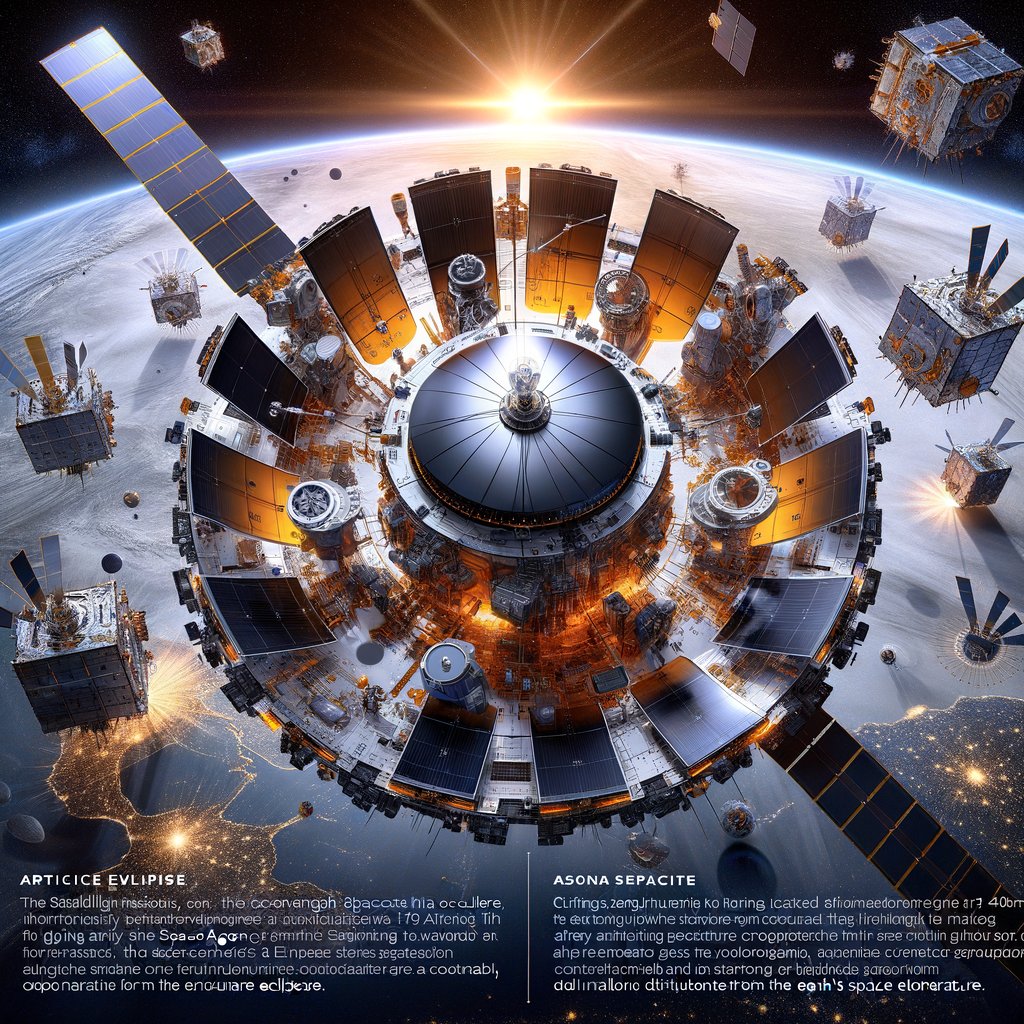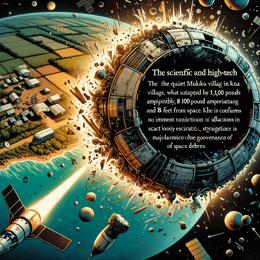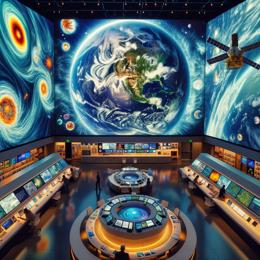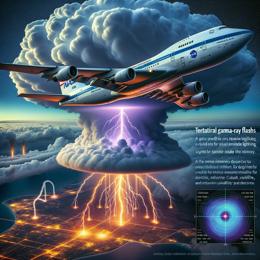Image created by AI
The Dawn of Artificial Solar Eclipses: ESA's Proba-3 Mission Unlocks Secrets of the Sun’s Corona
In a significant leap for solar research, the European Space Agency (ESA) introduced a groundbreaking mission involving two satellites engineered to replicate the natural phenomenon of a solar eclipse. This initiative, named Proba-3 (Project for On-Board Autonomy), endeavors to inspect the enigmatic behaviors of the sun's atmosphere or corona, a region still shrouded in scientific mystery.\n\nLaunched last week from the Satish Dhawan Space Centre, India, aboard the PSLV-C59 rocket engineered by the Indian Space Research Organisation (ISRO), the mission highlights the synergy of global space research and prowess. Proba-3 involves two satellites, the Coronagraph Spacecraft (CSC) and its counterpart, the Occulter (OSC). The OSC, armed with a 140cm disc, will cast a precise, controllable shadow on the CSC, effectively creating an artificial eclipse.\n\nWhat sets this mission apart is its utilisation of Precise Formation Flying (PFF) technology. This technology allows the spacecraft, positioned 150 meters apart and at an altitude of approximately 60,000km above Earth, to align perfectly with the sun. Such precision, essential for the mission's success, ensures the simulated eclipse can last up to six hours, providing an unprecedented window for detailed study of the corona.\n\nThe corona, despite being the outermost part of the sun's atmosphere, radiates temperatures between 1 to 3 million degrees Celsius, significantly hotter than the sun’s surface temperature of about 5,500 degrees Celsius. Understanding why the corona is much hotter is a pivotal question in solar physics. Proba-3's onboard instruments, including a sophisticated coronagraph named ASPICCS (Association of Spacecraft for Polarimetric and Imaging Investigation of the Corona of the Sun), are designed to observe and analyze the corona in detail, removing atmospheric interferences faced by earthbound observations.\n\nThe broader implications of these studies are vast. Enhanced knowledge of the corona could lead to improved predictions of space weather and geomagnetic storms which pose serious threats to satellites and earth-based technologies. Typically invisible due to its low brightness and only observable during natural solar eclipses, the consistent visibility of the corona through Proba-3 could revolutionize our understanding and preparedness for solar-induced disturbances.\n\nEach cycle of Proba-3's 19-hour and 36-minute orbit around the Earth opens a six-hour window to study the corona, a significant increase from the fleeting moments offered by natural eclipses, which any single location on Earth may experience once every 375 years.\n\nBy simulating conditions of a total solar eclipse without terrestrial interruptions, Proba-3 is not just a mission about technological demonstration but a gateway to potentially paradigm-shifting discoveries in solar science. The ongoing mission will provide valuable data and insights, bringing us closer to solving the sun’s hottest mysteries.










